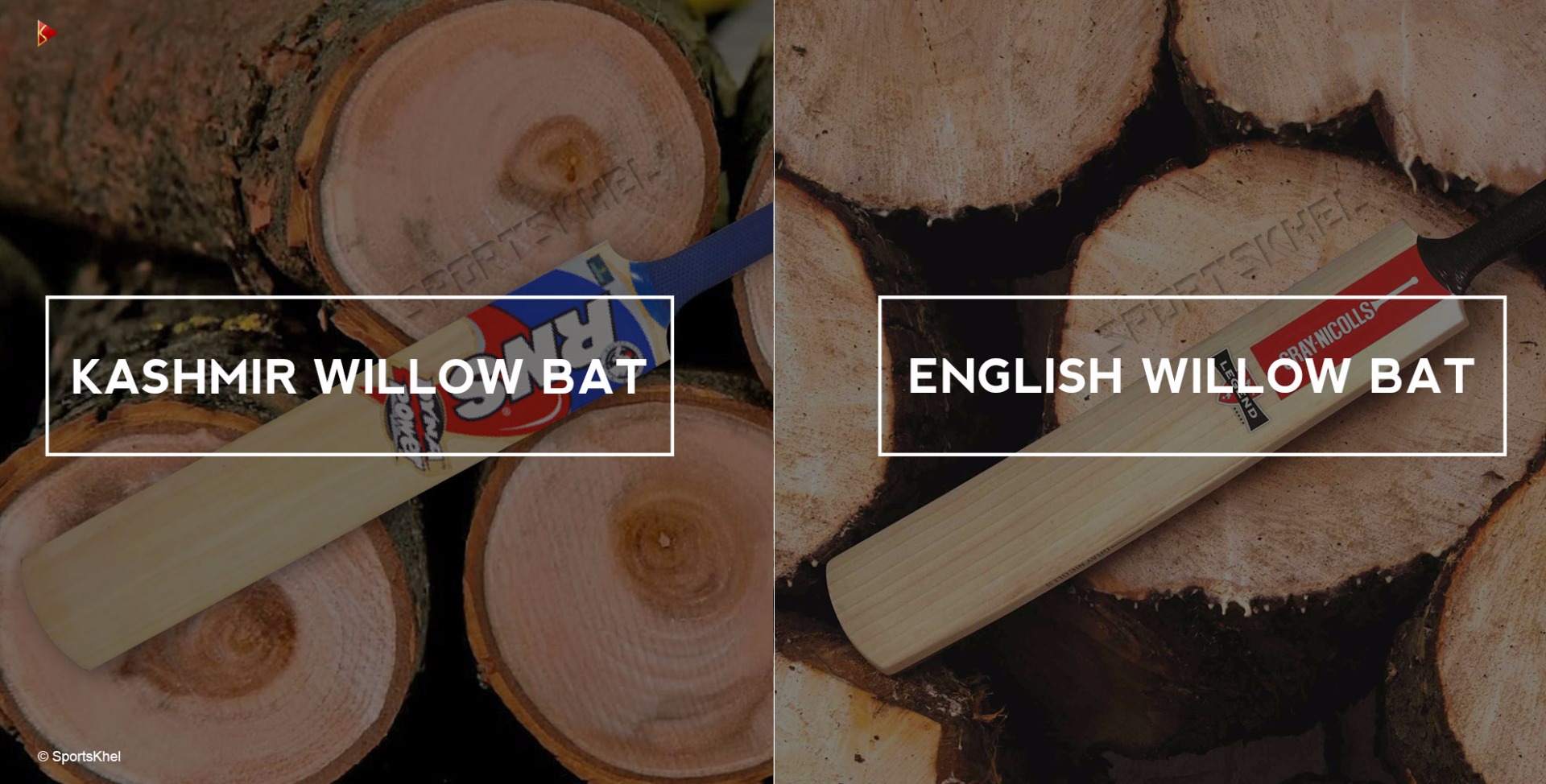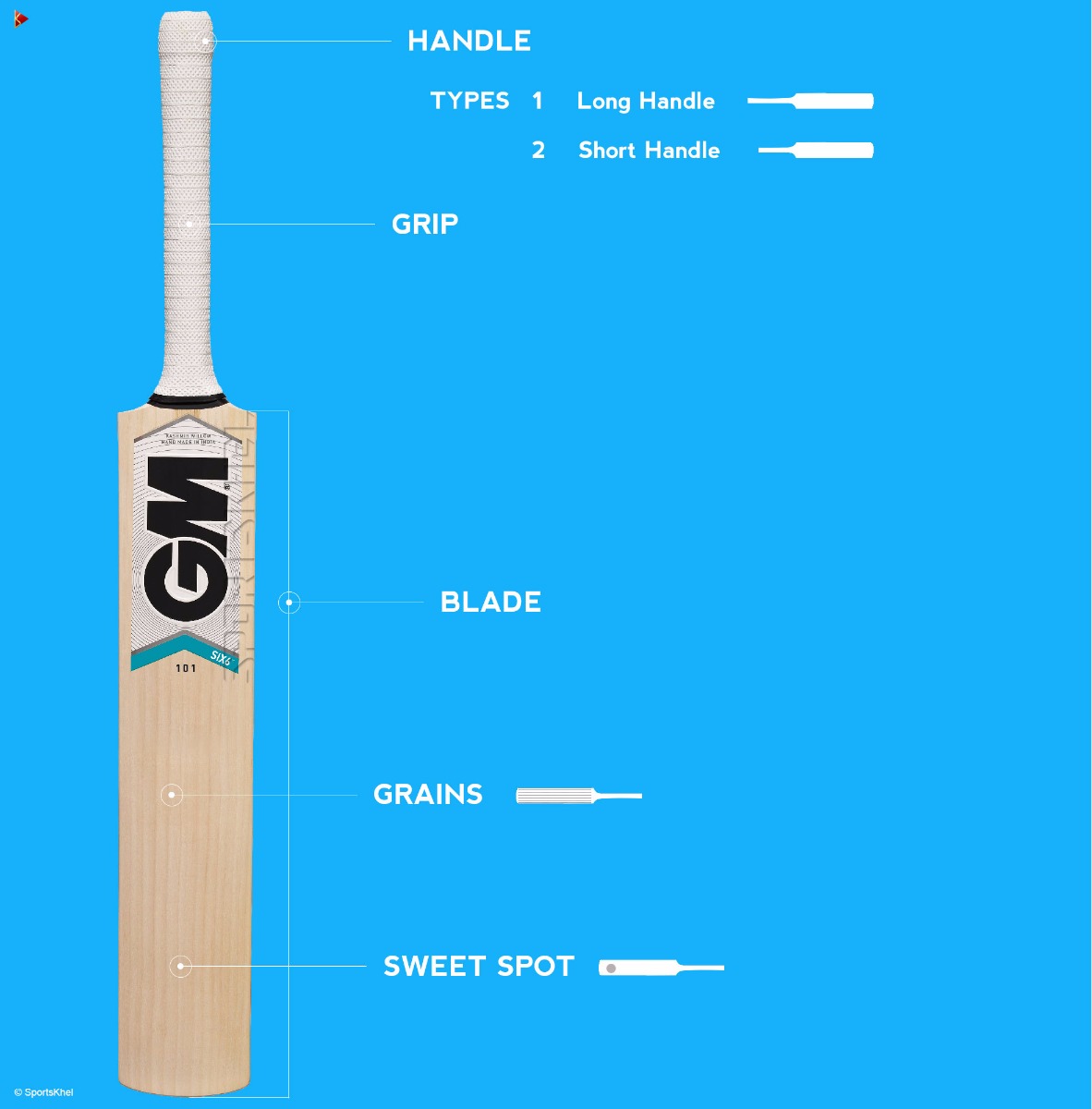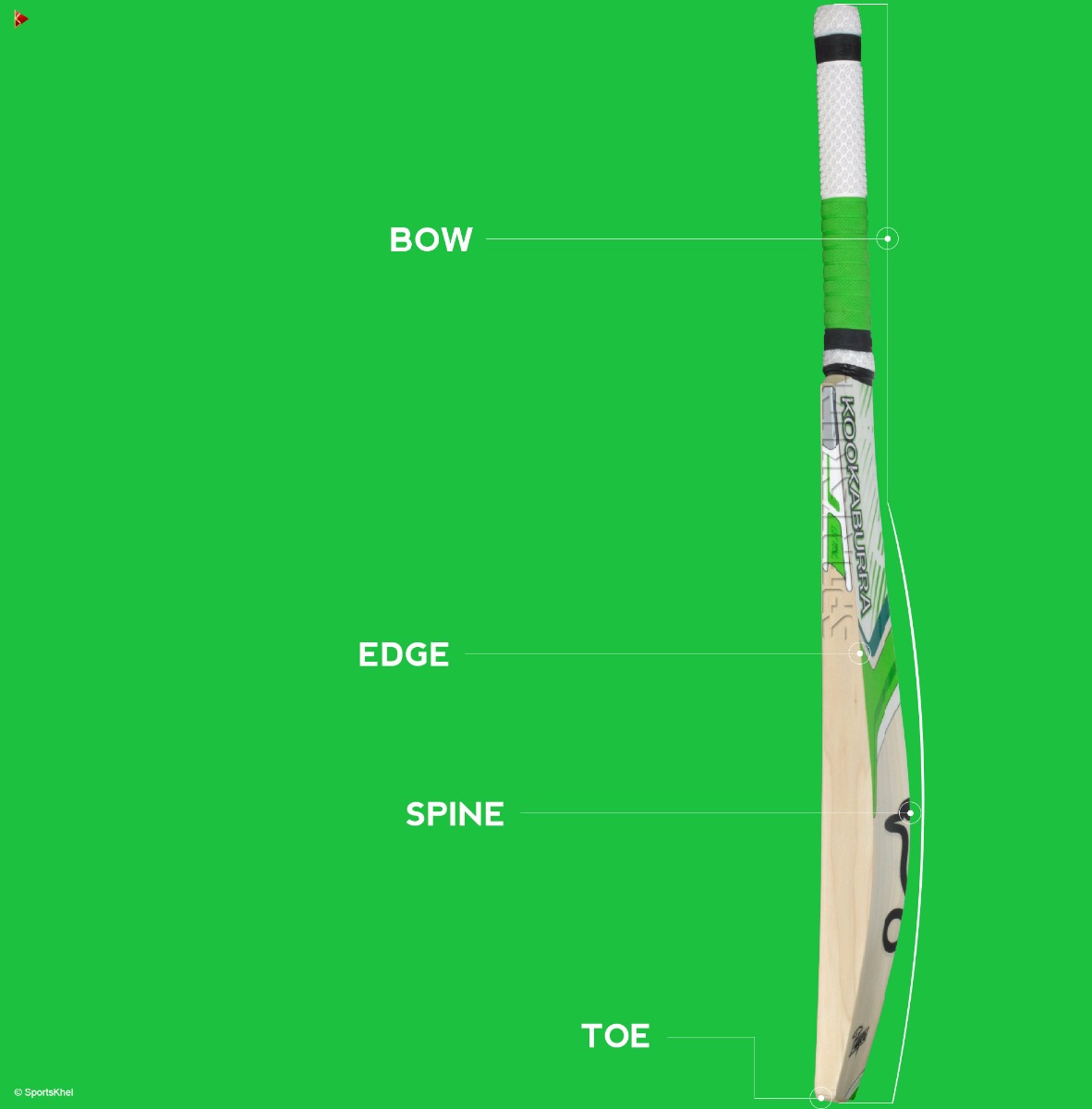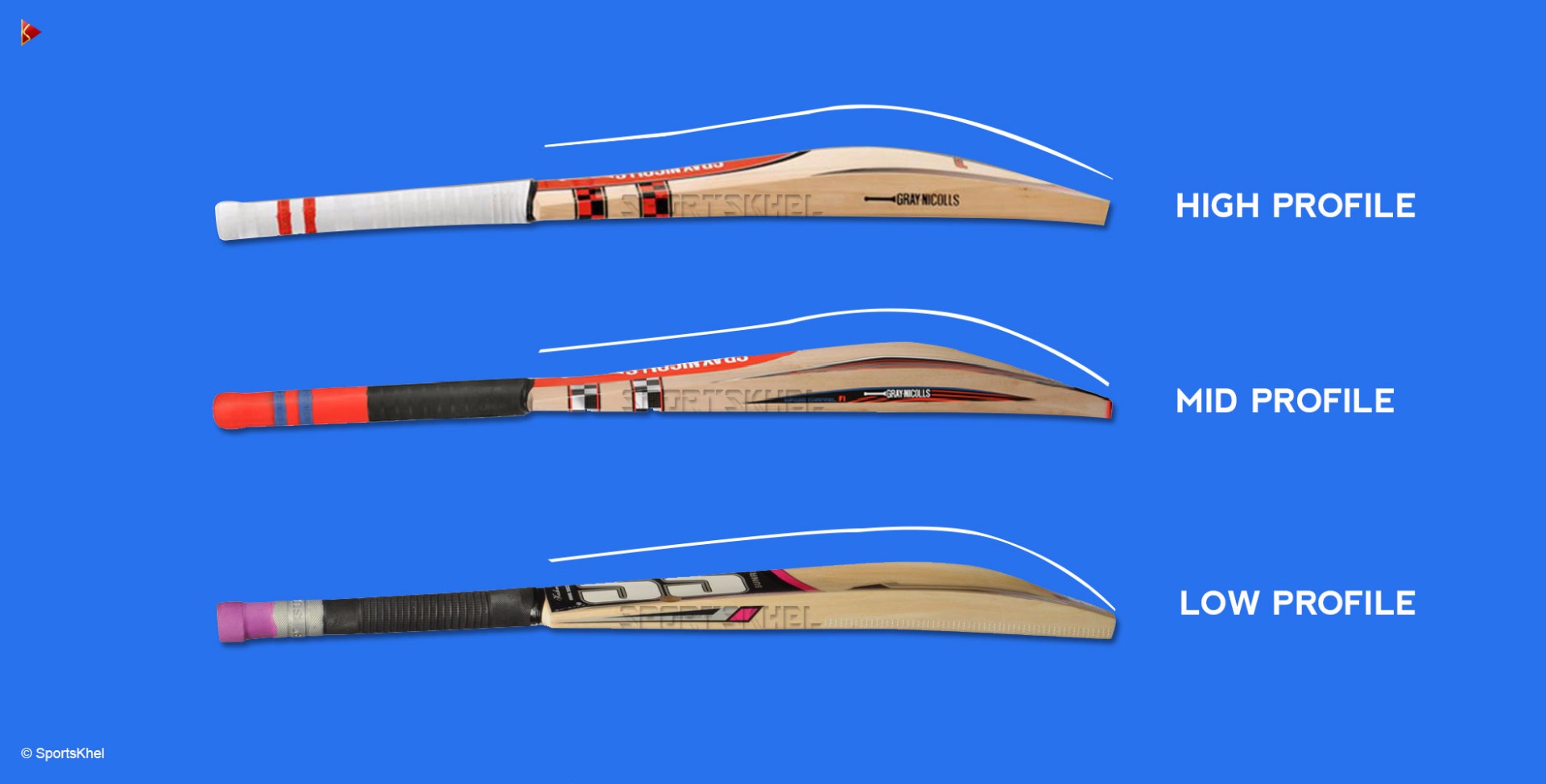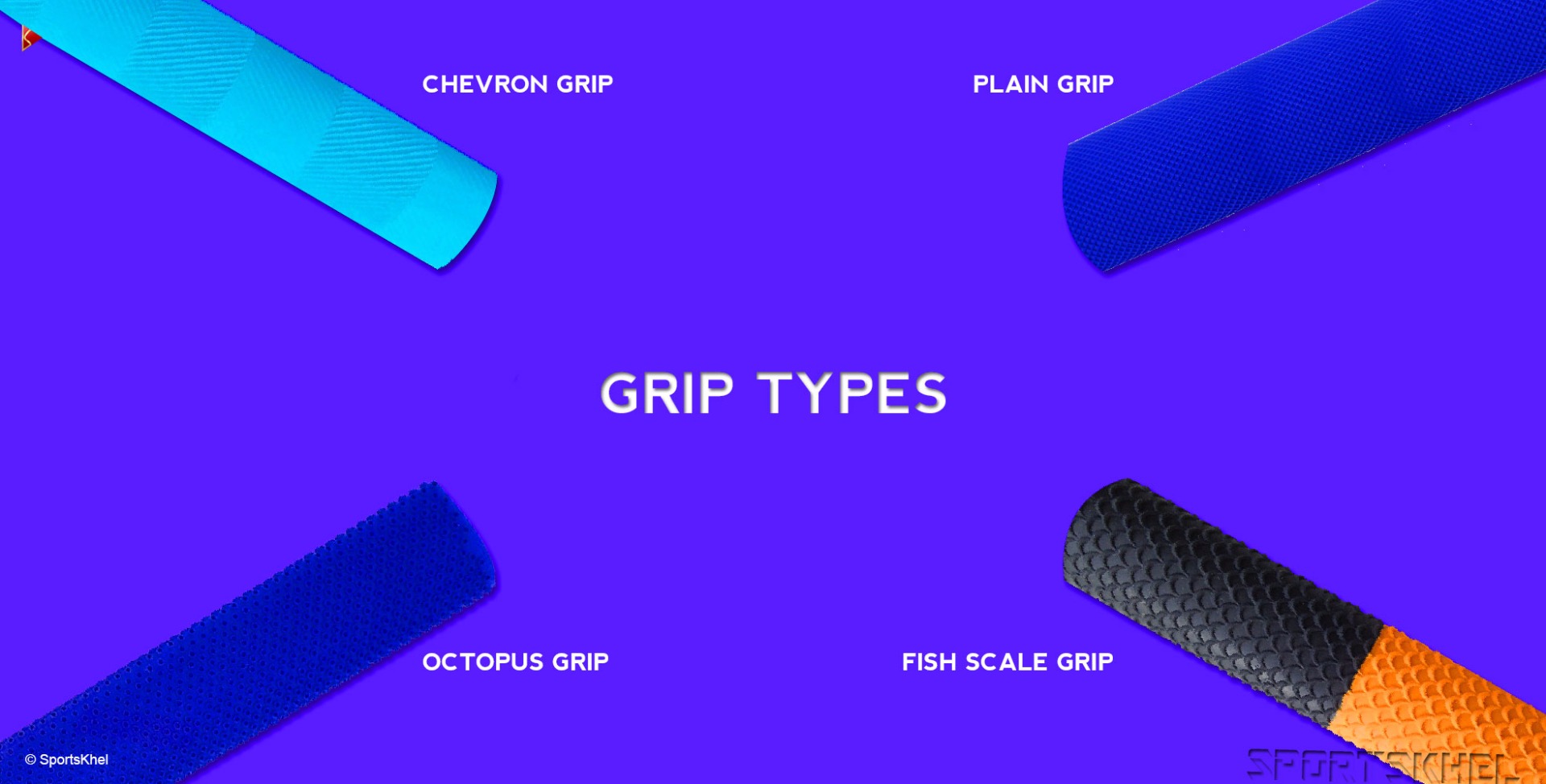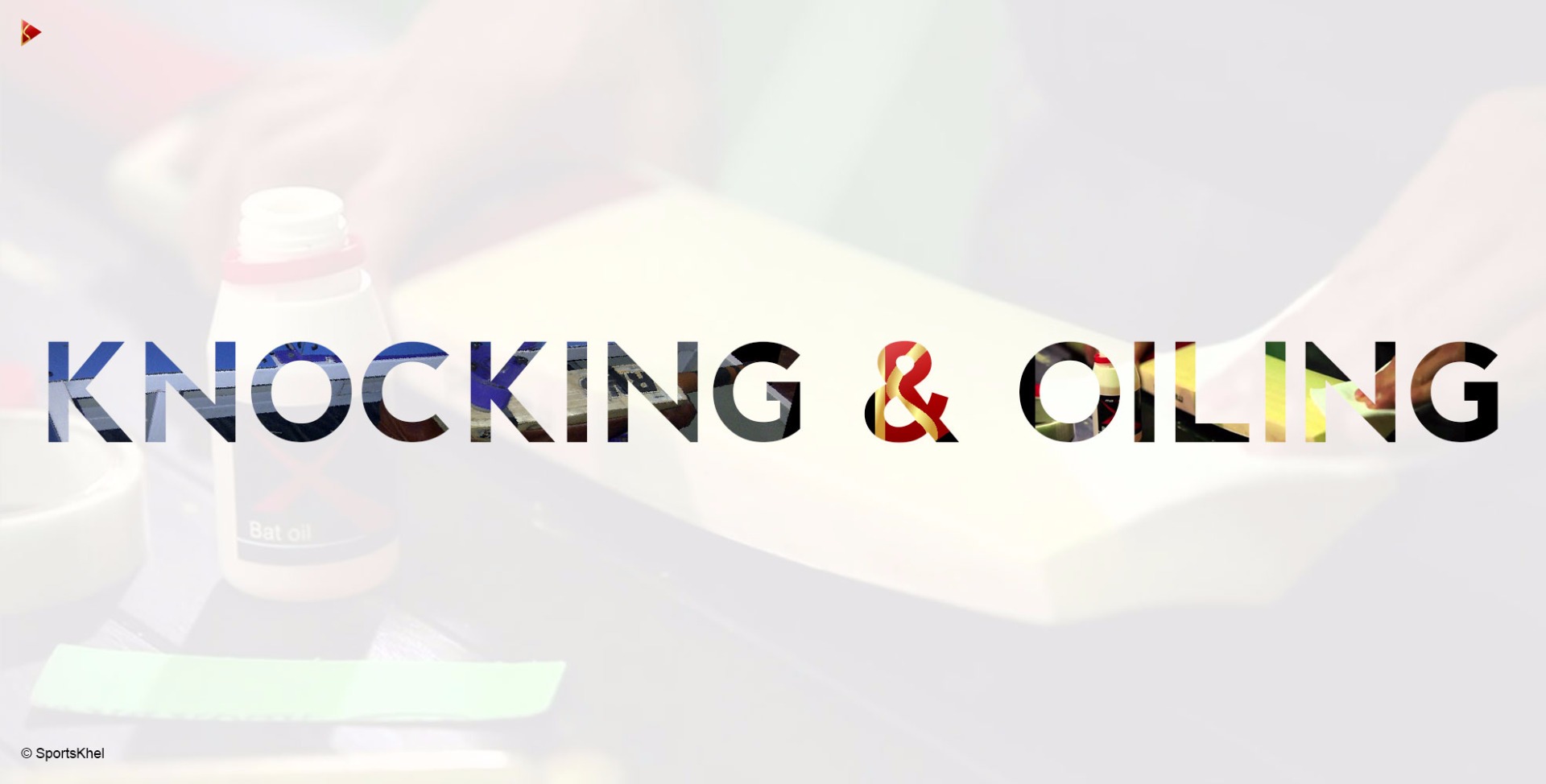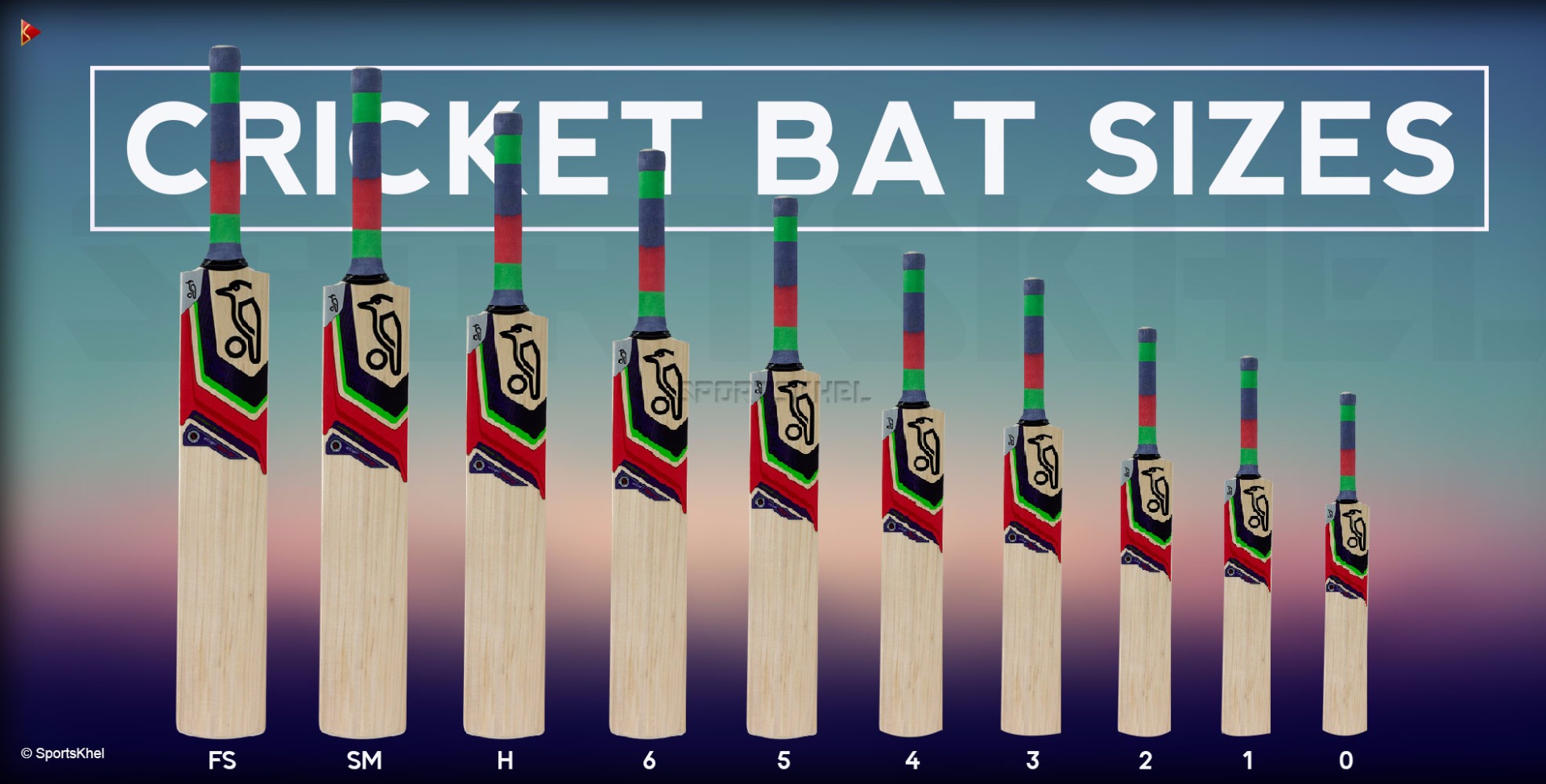CRICKET BAT GUIDE
Having difficulty in selecting a cricket bat? Don’t know the different terms people use to describe a bat? Then this is the right page for you to read around and become an expert to select a cricket bat. This cricket guide page helps the user to understand the differences between English willow and Kashmir willow, the different grades bats come in, terminology used in defining a cricket bat in depth and how to maintain them.
Cricket bats are divided based on the willows they are made. They are English Willow cricket bats and Kashmir willow cricket bats. Based on the usage of cricket players and cost, they go for either English willow cricket bat or Kashmir willow cricket bat
Kashmir Willow cricket bat comes from India where the soil is much drier. Kashmir willow cricket bats use a raw material which is much heavier than English willow bat. The grains of Kashmir willow cricket bat are more embedded. The sweet spot of these bat are less dynamic compared to English willow bats. Kashmir willow bats are less expensive compared to English willow bats. Hence these bats are used by junior level and beginner level cricket players.
English Willow cricket bats are softer in nature than Kashmir willow bats. English Willow cricket bats has sweet spot (punch) more dynamic compared to Kashmir willow bat. English willow cricket bat comes from England. Moisture content in English Willow bat is lower. Hence are expensive compared to Kashmir willow bat. English willow cricket bat is widely used by international and club players around the world. If you want to improve your performance and are serious about your game of cricket, then English willow cricket bats are the right choice. All international players from Virat Kohli, MS Dhoni, Alastair Cook, Steve Smith use English willow cricket bats.
Now that you know the difference between English willow bat and Kashmir willow bat, let’s talk about grading. Based on willow grading, a Kashmir willow bat price ranges from Rs.500 to Rs.3500. English willow bat price ranges from Rs.3500 and goes upto Rs.55,000 based on craftmenship, weight and grade. In the below section, we will talk more about English willow grading.
English Willow Grade
All bat manufacturing companies have their own grading system. Companies like SS cricket divide bats into 6 grade where Grade 1 is the best and Grade 6 is the least. Similarly GM cricket divides bat into 8 grades giving each grade its own unique name. In general we can divide into four grades.
Grade 1 is the top quality English Willow. Good straight grain structure and unbleached with minimal marking or discolouration in the face.
Grade 2 is English Willow with some irregular grain patterns and some blemishes/colouring across the English willow cricket bat blade.
Grade 3 is usually English Willow with irregular grain pattern and some marking and discolouration in the English willow cricket bat blade.
Grade 4 These bats usually have knots or other natural deformities and hence are covered.
Can be differentiated in the following ways:
- Grain sticker in front and painted back,
- Painted front and back,
- Natural grain in front and painted back.
Beyond this some bats that fall above the range of Rs.25,000 are priced more for its craftsmanship, balance, weight distribution, punch, etc. Generally there is a misconception that two shaded bat break. Many top grade willows have double shades and 9 out of 10 cases they don’t break.
Sportskhel is an authorized cricket bats dealer of SS cricket bats, SG cricket bats, RNS cricket bats, GN cricket bats, GM cricket bats, BDM cricket bats, Kookaburra cricket bats, Adidas cricket bats, Slazenger cricket bats, MRF cricket bats and much more.
Now that we have mastered the cricket bat willow types and its grading, we can now move to nitty-gritty of a cricket bat.
We will deep dive about cricket bat handles, cricket bat sweet spot, cricket bat grips, cricket blade, bat grains and cricket toe to begin with.
Cricket Bat Handles is attached to the body of the bat via a woodworking joint called a splice, essentially a V-shaped plug. Sarawak canes are used in handle along with rubber, cork or mixture of both and inserted in the sawn centre and glued together. Then they are put into lathe and turned into basic handle shapes like round handle and oval handle.
Based on the users preference of how they hold their cricket bat they can choose between round handle cricket bat and oval handle cricket bat. In general Indian manufacturers like SS, SG, RNS make round handle bats for Indian customers. Brands like Gray Nicolls make oval shape handles for UK and Australian market.
Bat handles are also divided based on their sizes Long handle and short handle. Long handle cricket bats are used by cricket players with 6+ feet height. Short handle cricket bats are widely used by cricket players. It would normally be advisable for cricket players to choose a short handled cricket bat for increased control.
Cricket Bat Grips are found over the handle of the cricket bat. Cricket bat grips are made of rubber and composites. Cricket bat grips come in different varieties based on design patterns. Some of the cricket bat grips include chevron cricket bat grip, zigzag cricket bat grip, Plain cricket bat grip, dynamic bat grip, octopus cricket bat grip and fish scale cricket bat grip.
Cricket Bat blade is the main body of a cricket bat. The rear of the cricket bat blade has a pronounced outward curve (Spine of the cricket bat) that provides weight and rigidity to the cricket bat while the front of the cricket bat blade is flatter and provides the main striking surface.
Thickness of the cricket bat blade plays a major role in Cricket game.
- Flat Face - levelling out the striking area allows more mass to be retained in the back of the cricket bat, maximising the power profile.
- Rounded Face – favoured by more traditional cricket players, the slightly rounded face gives a familiar look but yields a less expanded profile.
Cricket Bat Grains represents the age of wood used to make bat. Each grain indicates 1 growing season. Cricket bat grains will often differ from cricket bat to cricket bat. A cricket bat between 6 and 12 grains is a good indicator of quality cricket willow. Cricket bats with 6 grains are likely to be slightly softer than 10-12 grains and therefore take longer to knock-in and reach optimal performance initially.
Ideally all top end bats needs to have 7 to 10 straight grains. This will give a balance between life and performance. Anything more than 10 will give top performance but less life and anything below 7 are ideal for team cricket bats where one looks for longevity. So one has to decide between performance and life of a cricket bat which fit their pocket. Higher grains need not be best.
Cricket Bat Sweet Spot is the center of the cricket bat blade, although batsmen will use different parts of the cricket blade to play different shots. Cricket bat sweet spot is the part of the bat which provides the maximum ping and faster travel speed to the cricket ball once hit from that area or zone of the bat. No cricket bat will give good ping at bottom and handle area. Contrary to assumption that high end bats will give you ping even at bottom is incorrect. You will be called master of cricket if you can time all your shots using the sweet spot.
Now we know the basics, we will jump into topics explaining cricket bat bow, edge of the cricket bat, spine of the cricket bat, toe of the cricket bat.
Cricket Bow is the curve of the cricket bat from the tip of the handle to the end of the toe. Cricket bow is based on personal preference of cricket bat. Some cricket players prefer cricket bats with a larger bow. Professional players prefer for a larger bow and thicker edges to better meet the rigors of the modern cricket game. The size of the cricket bow can have an impact on the pick-up of the cricket bat, as an increased bow can often result in the cricket bat having a heavier pick up. Some bows are higher or lower down the bat depending on batsmen's hitting style, or to reflect the pitches which you play on. A low bouncing wicket in Northern England or India may suit a lower bow compared to the dry climate and bouncy pitches of Perth, Western Australia.
Cricket Bat Edge increases from the shoulders of cricket bat and maximises at the sweet spot, generating supreme balance with an extended sweet spot that covers the entire width of the blade. Cricket bat edge gives the overall shape and profile of a bat. If a bat needs to be light, then the edges have to be thin.
Cricket Bat Toe is the bottom of the blade and the part of the bat that rests on the ground. The toe on all cricket bats can be vulnerable to breakage. A cricket bat is designed so that the batsman strikes the cricket ball 6-8 inches up from the bat toe, in the centre of the blade. When batsmen face "Yorker" deliveries at the toe end, the impact of a moving bat meeting the speed of the ball can be very high, thereby causing the wood to dent or split. Toe breakage is very common problem and even the most experienced person ends up breaking the bottom. However a professional bat repairer can ready the bat by using guts and plasters.
The toe of the cricket bat comes in two shapes:
Another essential part of toe is the Toe guard. Toe guard prevents moisture or dew entering the toe of the bat when you play on turf surface. Many cricketers mistakenly assume that the purpose of toe guard is to prevent rubbing of bat. Many cricket bats now come with a toe guard already attached.
Cricket Bat Spine is found on the back face of the cricket bat. The spine is the line that runs down the center of the cricket bat's back starting from the handle running down to the toe.
Higher spine or a thicker swell depth represents more willow mass behind the sweet spot. The sweet spot is deeper and exhibits better rebounding qualities. A deeper swell helps to give the cricket bat a larger sweet spot.
Mid-spine cricket bat profile will have the spine height peak at the mid position with the shoulder and toe at the least spine height concentrating willow mass around the middle of the blade. The cricket bat with mid spine have sweet spot at the mid position.
Low spine cricket bat profile will have the spine height peak at the bottom of the cricket blade. The spine height concentrating willow mass around the bottom of the blade. The cricket bat with low spine have sweet spot at the low position of the cricket blade.
Cricket bats can be divided based on time such as Modern cricket bat and Traditional cricket bat.
Traditional cricket bat have round toe bottom, round edge, concave back profile. Concaving is more evident in traditional bats and is done to reduce the bat’s weight while still providing thicker edges and deeper swells, thereby improving its pick-up. Cricket Bats with concave back profiles are those that have had wood scooped out from either side of the bat’s spine.
Modern cricket bat have flat toe bottom, sharp edge and filled back profile. Some profiles have filled backs with little to no concaving. Modern bats still come with traditional profile as rounded toe, rounded edge and concave back profile. You can see the above image where both are examples of modern cricket bat profiles.
Cricket Bat Grips are essential for the overall feel of a cricket bat. It allows the batsman to have full control of the blade. Therefore, it is important for a batsman to change his cricket bat grip from time to time when there are obvious signs of wear and tear.
Major types of cricket bat grips available are
- Chevron grip or zigzag grip
- Octopus grip
- Fish scale grip
- Plain grip or Diamond grip
Preparation and Maintenance of cricket bat involves two major process.
Knocking in is the process by which the grains & fibres in the cricket bats are compressed and strengthened to prepare it for use. This process is vital for all English willow cricket bats. The best thing to use is either a bat mallet or ball mallet to prepare your new cricket bat. There are 4 areas that need to be prepared on your cricket bat: the face, the toe & each edge. The edges, toe and blade of the cricket bat all need to be sufficiently knocked in, as these areas face large amounts of impact from the cricket ball, therefore making them vulnerable to breakages and damage. Knocking your cricket bat in is an effective way of ensuring that the bat has been compacted enough to prevent impact damage.
At Sportskhel we do machine knocking of cricket bat which ensures that the bat is knocked uniformly without missing any playing area. The advantage of machine knocking the cricket bat over manual knocking methods is uniformity and consistency. The machine knocking also ensures that it hits the bat edges at a gentle speed thereby preventing breakage. Machine seasoning is also faster than manual seasoning.
Oiling maintains moisture levels in cricket bats & reduces the chances of splitting and cracking. Use a cloth to apply oil to the cricket bat. Apply oil to the face, edges & blade avoiding the splice & labels. Only exposed timber should be oiled. Generally, 3-4 initial coats should be sufficient and one coat every 3-4 weeks thereafter. Each coat should be allowed to dry into the blade in a horizontal position for around 24 hours. At Sportskhel we don’t do oiling as most modern bat today don’t require it. But surely it is an advantage during winter season in colder countries.
Cricket bat sizes – Cricket bat comes in various sizes ranging from size 0 to full size. Based on the cricket players’ preference and height, bat is chosen. The sizes differ based on the cricket bat brands.
Height of cricket player
|
Recommended cricket bat size
|
|
4ft and under
|
0
|
|
4ft - 4ft 3"
|
1
|
|
4ft 3 - 4ft 6"
|
2
|
|
4ft 6" - 4ft 9"
|
3
|
|
4ft 9" - 5ft
|
4
|
|
5ft - 5ft 3"
|
5
|
|
5ft 3" - 5ft 5"
|
6
|
|
5ft 5" - 5ft 7"
|
Harrow cricket bat
|
|
5ft 9" - 6ft
|
Short Handle cricket bat
|
|
6ft +
|
Long Handle/Long Blade cricket bat
|
* Dimensions are approximate
Sportskhel includes all sports goods and kits with explanation and description of the product in detail.
The cricket kits available here include cricket bat, cricket ball, cricket pads, cricket gloves, cricket accessories, cricket protective kits.
- We also have Cricket balls such as Leather Cricket Ball and Tennis Cricket Ball. To read more about difference between cricket balls, please check click here.
- You can also read about cricket pads which includes Batting Legguard and Wicket keeping legguard.
- Cricket gloves are divided into Batting gloves, Wicket keeping gloves and inner gloves. Read and understand the detailed features of each glove from this page.
- Read about the usage and features of various protective equipments used in cricket field such as helmet, face protector or mask, thigh guard, inner thigh guard, Shin guard, abdomen guard, chest guard and elbow guard.












